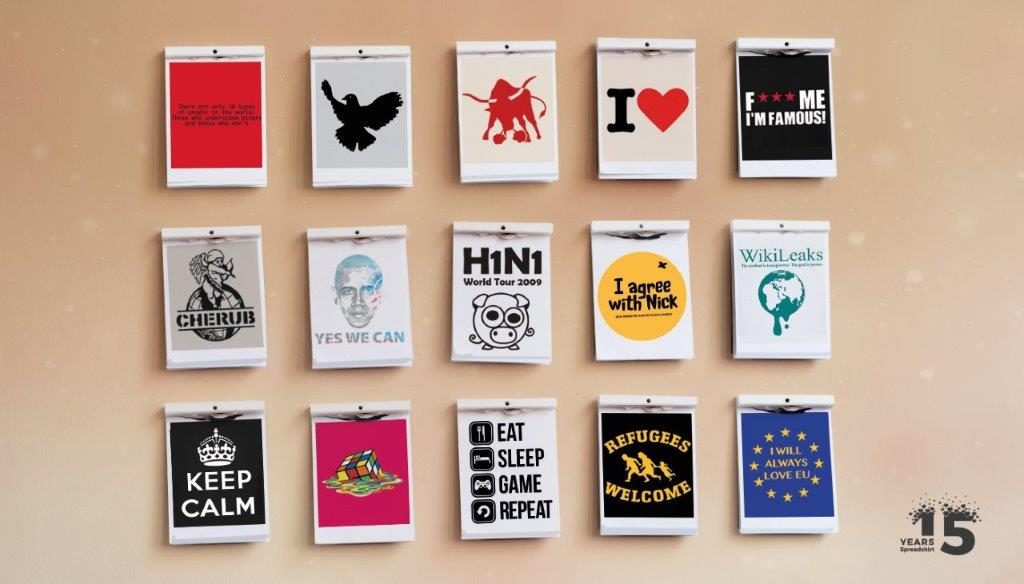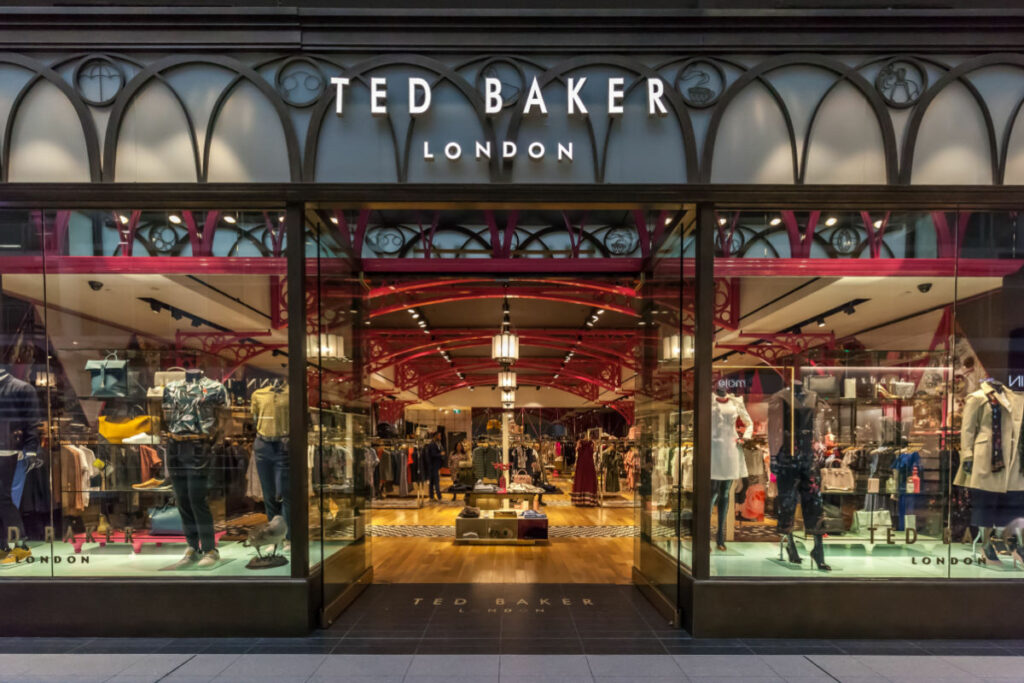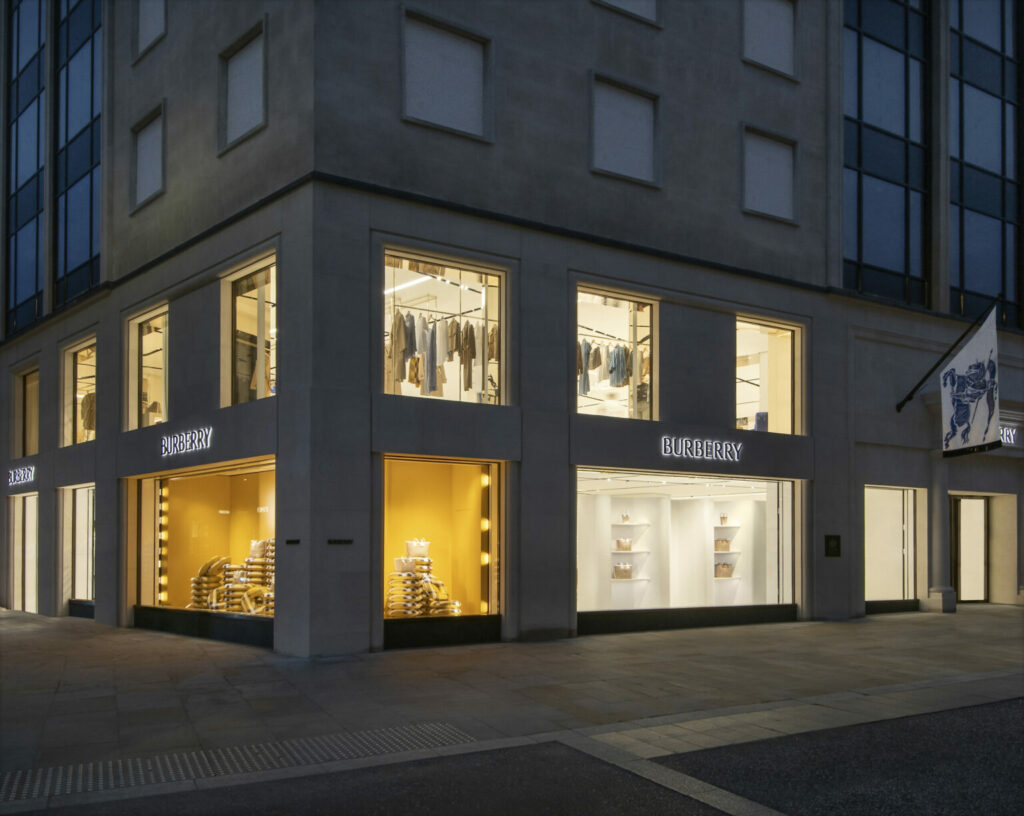On-person self expression. It’s the new name for expressing yourself on a t-shirt. Social media has taken the self-expression crown this century, but t-shirts are making a comeback as the new, old way to wear your opinions in real life.
From 2016’s Travesty t-shirts after the Brexit vote, to this summer’s Gareth Southgate waistcoats , self-expression on clothing is having a moment.
So why has the online self expression trend exploded offline? Because it’s not enough to comment or like online – we want to connect with our tribe in real life too. As the online and offline worlds overlap, the new trend for statement clothing is being enabled by technical developments which allow co-creation and monetisation.
Co-creation is a vital element of offline retailing in this era of authenticity, made possible by online technology. It gives the consumer a sense of ownership and increased value in the final product. For example, Nike offers customisable shoes. Consumers can choose soles, laces and even a message sewn in to the tongue. Their shoes may be unlike anyone else’s.
However, this isn’t just for the big brands. People can use ecommerce platforms like Spreadshirt to set up their shops, create their designs and then offer their followers a part in the creation process. Designs and slogans can be adapted or fans can choose the style, size or colour of their clothing, without altering the design. Small brands can now offer their customers an active role in the creation process.
For online content creators, this new wave of offline self-expression is also an opportunity to monetise their content. It’s sometimes said that the internet has been the biggest free trial in history. It’s altered the value we place on writing, art, photography, music and other creative industries. Transferring images, slogans, wry humour, band allegiances to t-shirts can support other creative activity.
The ability to monetise self-expression has also seen a 77 per cent uptick in designs on Spreadshirt’s marketplace, because designers know that with clever ideas and judicious marketing, they can earn money from their originality. More than 330,000 are uploaded across Spreadshirt every week. It’s common for offline ideas to transfer back to online shares, as creators push their ideas out via social media.
Co-creation and monetisation are big enablers of wearable content sales. From the summer craze Floss Like a Boss in the UK to the more serious, Families Belong Together across the pond, Spreadshirt’s 80,000 creative partners are making a statement and earning money by tapping in to the self-expression trend. There’s even have a creator who has made over a million euros in commission by finding ideas that speaks to their tribe. Another viral design earnt the maker €136,000 in one week in commission, with total earnings reaching €480,000.
So the self-expression trend has moved offline because print has made it wearable and technology has made it more immediate. Technology has democratised offline self-expression. Big brands and mainstream designers have been joined by new creators.
Just as anyone can express themselves via social media, so the combination of print and technology means everyone can create their own wearable content. The online and offline worlds are colliding.
Self-expression works online – t-shirts work offline and have been used for self-expression for decades. World events to summer feel-good stories have driven the need to connect with your tribe. So self-expression is manifesting offline again, in the form of wearable content. It’s making a fashion statement.
Click here to sign up to Retail Gazette‘s free daily email newsletter


















